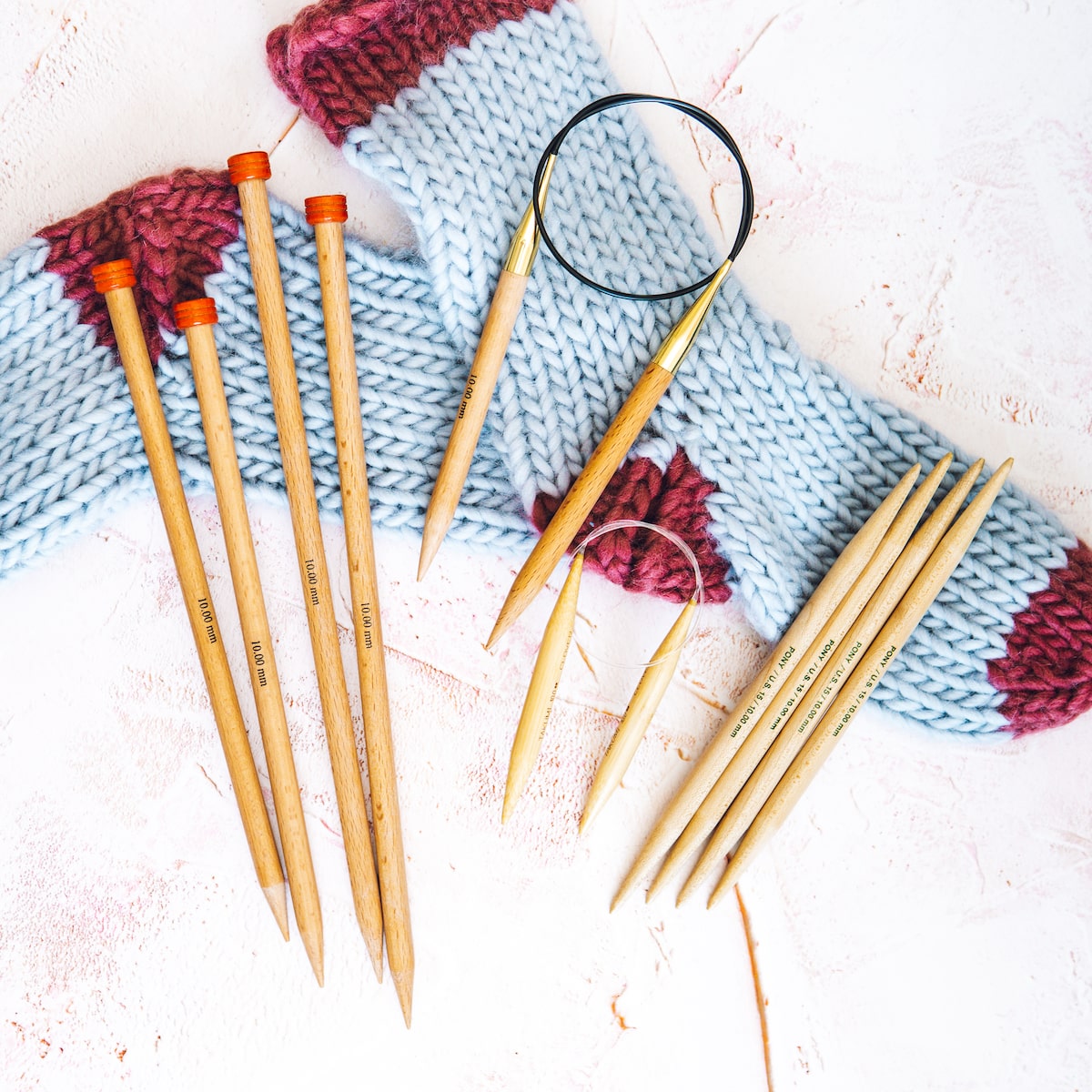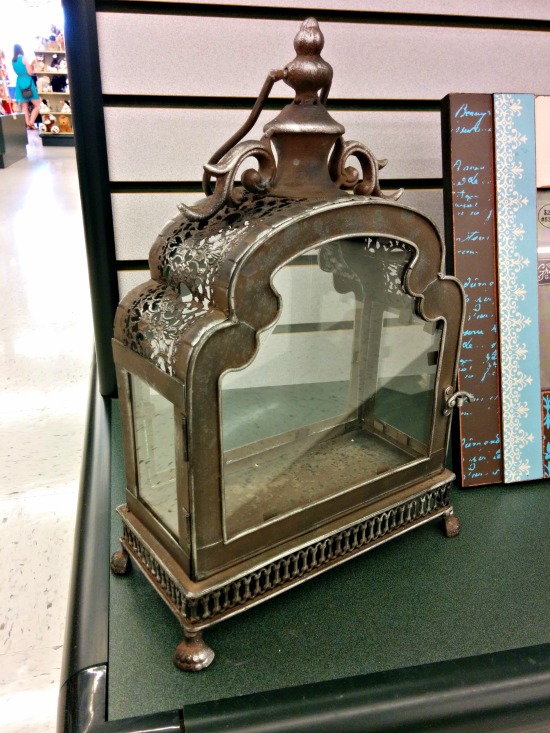
Tiny sea life puzzles
Tiny sea life puzzles are a fun way to encourage creative play and improve social and communication skills. Each puzzle comes with a figurine of a sea creature and the appropriate puzzle pieces. The pieces can be matched with a storybook or a picture for children to complete the puzzle. Children can also trace the animal figurines on paper for fun. The pieces are made from recycled wood and organic pigments.
The Mudpuppy Store makes a wide selection of puzzles for all ages and interests. A marine-themed puzzle would be a perfect gift for your child if they love the ocean. These puzzles feature colorful pieces with a little artistic blending. These puzzles are great for teaching children shapes and colors. There are over 40 marine species that you can choose from so there is bound to be a puzzle to capture your child's interest.
These small sea life puzzles have vivid colors and colorful artwork. The puzzle has bright coral and tropical marine fish at its bottom, with green plants at its top. The center of the puzzle has a border, and a final section. These colors are stunning! These puzzles have been designed with fun in your mind. They are a fun way to spend quality, family time together.
There are many shapes and sizes of tiny sea life puzzles. You get hundreds of pieces and the finished image is smaller than 12 feet. As you build the picture, you will be rewarded with many enjoyable moments. It's also easy to see because the pieces are not glare.

100-piece jigsaw ocean scene
The SunsOut 100-piece ocean puzzle jigsaw puzzle will delight puzzle lovers of all levels. The puzzle features a scene filled with tropical fish in deep ocean. There are also turtles, sea urchins, and flowering tropical plants. This game is challenging and encourages fine motor skills as well as hand-eye coordination. It will also stimulate your creative mind and encourage problem solving.
FAQ
What are observation hobbies?
Observation hobbies involve watching people do the things they love. These hobbies could include reading books, watching sports, or going on vacation. You could also observe other people.
Because they teach you how to think creatively, observation hobbies are great. This knowledge can be used later to help you with projects that you are working on for others or yourself.
It will be easier to learn about something if you are interested in it.
If you are interested in learning more about football, for example, you might watch a match or read a book. If you want to learn more about photography, you could take or visit exhibitions.
If you enjoy playing music, you could play along to songs online or buy a guitar.
You have the option to make your own meals or take out at a restaurant if you enjoy cooking.
You could also grow flowers or vegetables if you enjoy gardening.
If you are a fan of dancing, you can join a class or go out with your friends to learn.
You could also paint pictures if you are a fan of painting.
You could also write poems or stories if you enjoy writing.
You might enjoy drawing pictures, if you are a good artist.
If you're passionate about animals you might consider working at a Zoo or looking after their pets.
If you like science, you could study biology, chemistry, physics or maths.
History lovers can watch films, read books or listen to podcasts.
If you enjoy travelling, you might consider exploring your local area or traveling abroad.
What types of hobbies are suitable for introverts?
Introverts are able to concentrate on one thing at once. They are more comfortable with solitary activities, such reading, writing, music, and watching movies.
They also enjoy spending quiet time alone. However, they don't like socializing all day. In fact, they often find themselves bored when surrounded by people.
Introverts will often choose hobbies that require them alone. An introvert might like to read, listen to music, take photographs, paint, write poetry, or even create art.
Many introverts choose to live alone. They can focus on their hobbies and not be distracted by other people.
Why do we require hobbies?
Hobbies are an integral part of our daily lives. They allow us to relax, unwind and think creatively. They also provide us with opportunities for learning new skills and developing valuable life-long interests.
Hobbies are a way to find meaning and purpose.
These are a great way for you to have some free time, even if there isn't much else.
They are fun!
If you don't have time for a hobby, then you probably don't have time for anything else either.
Look at all the options. Start a hobby today, if you don’t have one already!
Statistics
- Much of this decline reflects the fact that teens are less likely to work today than in the past; among employed teens, the amount of time spent working is not much different now than it was around 2005. (pewresearch.org)
- Studies show that just six minutes of reading can reduce stress levels by 60 percent. (oberlo.com)
- In comparison, men in the “no humor” condition were refused 84.6% of the time and were only accepted 15.4% of the time. (time.com)
- The Role of the Mind in Sex, Dating, and Love: Men in the “humor” condition received phone numbers from 42.9% of the female participants and were refused 57.1% of the time. (time.com)
- Almost 80% of people claim to have no hobby. (hobbylark.com)
External Links
How To
How to get started gardening
Gardening is one among the oldest forms. It takes patience, persistence, determination, and perseverance. The first step in starting your own garden is choosing a location where you want to grow food. You could choose to plant food on a large parcel of land, or in your own backyard. Next, choose what kind of plants you would like to grow. Do you prefer flowers or vegetables? Some people like to grow herbs and others enjoy raising livestock, such as rabbits. Before you decide which crops you will plant, consider the amount of space you have. If you live somewhere that has cold winters, it might be a good idea to grow berries or fruits.
After choosing what you want to plant you need to prepare your soil. Your plants' success or failure will depend on the soil they are placed in. Good quality soil contains organic matter that helps feed your plants' roots. Organic matter includes leaves, twigs (grass clippings), manure, compost, and manure. After you have prepared the soil, you will need to add nutrients. You may need different amounts depending on what type of plants you are trying to grow. Online fertilizer calculators can be used to determine these values. Many fertilizers are available, so make sure you know what you are buying.
Now you need to wait for the seeds to germinate. This can take anywhere from two weeks to three months depending on where you live and how warm it is. Once your seeds have sprouted, you need to water them regularly. Watering your plants too little or too often can cause problems. Overwatering can cause problems. Overwatering can lead to root rot and fungal diseases. It is important to remember that plants will need less water in summer than in winter when watering them. Keep in mind that certain plants may need to be dried after being watered. For example, tomatoes need to stay slightly moist but not wet. Soggy soil is not a good choice for tomatoes. After plants finish flowering, they need to go dormant. Dormancy occurs when plants stop producing any new growth and start to store energy for the next harvest. Dormancy occurs when the plant stops sending signals that tell its roots to produce food. The plant continues to store energy during this time. However, the plant will die if temperatures drop below freezing or there is insufficient sunlight.
Living in urban areas may restrict the types of plants you can plant. Concrete sidewalks, roads and buildings are common in urban areas. They block sunlight from reaching the ground. Concrete absorbs sunlight, which prevents the soil beneath from getting enough sun exposure. Many plants are unable to survive in urban areas due to the lack of sunlight. Many plants can still thrive in urban settings. Many trees, shrubs and perennials can thrive in urban environments. In addition, many annuals can be grown indoors in containers. You can bring greenery inside your home all year round, regardless of the weather.
Now you're ready to plant.